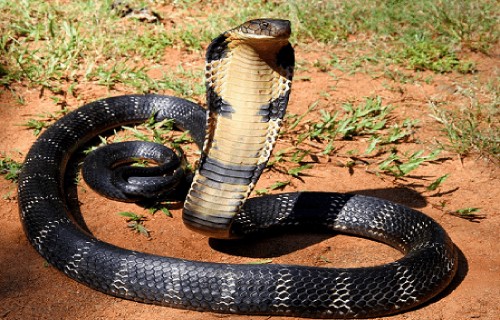
CCL: https://bit.ly/3vx7M8h
We sincerely hope that you enjoy this article about 4 Fabulous Snakes of Asia. This part of the world has a rich and diverse collection of species, including snakes. Herein, we have assembled information about 4 species in particular, for your edification. Naturally, these represents only the smallest fraction of the many hundreds of species native to the region, however. But, they do represent a fair cross-section of the different types.
Black Banded Sea Krait
Black Banded Sea Krait Facts
- The first of our choices of 4 Fabulous Snakes of Asia is the marvelous Black Banded Sea Krait. Though it lives in the ocean, much of its native range lies within the boundaries of Asia.
- Most notably, the term seves as the common name for the Laticauda semifasciata. The animal also remains known as the Chinese sea snake. By either name, the remarkable reptile constitutes a rather dangerous species of sea snake in all parts of its range.
- Fortunately for human beings, however, the powerful animal typically remains comparatively timid in nature. Yet, like all living things, it only remains so as long as it does not feel threatened. This incredibly dangerous species will attack if it believes itself to be under serious threat.
- Furthermore, this rather surprising snake also distinguishes itself from related creatures in a truly remarkable manner. That’s because it has a habit unlike any other known species of sea snake. This unique creature appears to be almost as much at home on the land as it does in the ocean.
- That truly fascinating, and somewhat startling, fact holds true due to an astounding behavioral trait. Within certain portions of its geographic range, you can commonly see a number of individuals of this species emerge from the ocean and hang from low tree branches.
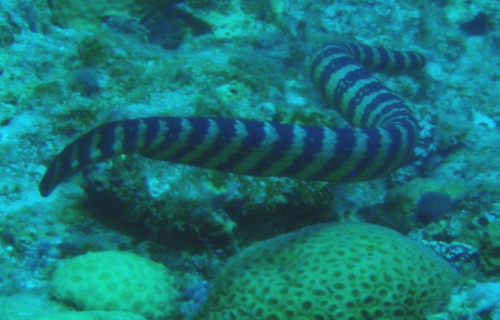
CCL: http://bit.ly/2OUHszC
Black Banded Sea Krait Physical Description
Most notably, somewhat large black bands cover much of the body of the Black Banded Sea Krait. However, the rest of the body often presents a moderately wide variety of colors. In addition, the end of the tail of this snake develops as rather flattened and visibly paddle-shaped in nature.
Further, it displays the trait of sexual dimorphism. In its case, the female of this particular variety attains a significantly larger size than the male. That’s because the females average a body length of roughly 50 in (128 cm). Meanwhile, the males only average a body length of about 30 in (75 cm).
In addition, it possesses yet another noteworthy attribute. That holds true due to the fact that the venom of this rather deadly reptile qualifies as a powerful neurotoxin. In fact, its toxin averages being 10 times as potent as that of a cobra. But, this venom does possess useful medical applications.
Finally, this snake also possesses fully functional lungs. These evolved to a large enough size to allow it to remain submerged for several hours at a time. But, this remarkable adaptation also lets it venture onto land when it wishes to.
- Kingdom: Animalia
- Phylum: Chordata
- Class: Reptilia
- Order: Squamata
- Family: Elapidae
- Genus: Laticauda
- Species: L. semifasciata
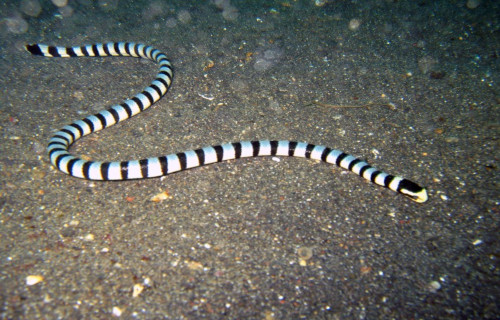
CCL: http://bit.ly/2IjEG4n
Black Banded Sea Krait Distribution, Habitat, and Ecology
The Black Banded Sea Krait seems to be endemic to a rather extensive territorial range. That area includes Japan, Sri Lanka, the Philippines, the Pacific Islands, and also New Guinea. This truly impressive sea-going reptile also has a strong presence throughout Southeast Asia.
Furthermore, within that area, it has a highly specific preference for its desired habitat. Due to this, the animal most commonly inhabits coastal regions, allowing it access to land. As a result, this creature still remains the only known amphibious variety of sea snake.
When individuals come ashore, these also have specific preferences. There, it most commonly inhabits areas of mangrove forest, coral reefs, or secluded beaches. When on land individuals appear to be primarily nocturnal in nature.
The snake preys primarily on a variety of eels, but will also feed on small fish. Meanwhile, its own predators remain few in number. These primarily include sharks, seabirds, as well as certain larger bony fish. Unique among its kind, again, this fascinating species lays its eggs on land, usually on small beaches.
King Cobra

CCL: https://bit.ly/3vx7M8h
King Cobra Facts
- Next up among these selections of 4 Fabulous Snakes of Asia is the royalty of the group, the marvelous King Cobra.
- First of all, the truly impressive reptile remains best known for one outstanding fact. That holds true because it ranks as the longest known species of venomous snake ever discovered by modern man. Despite its great length, however, it remains rather surprisingly light.
- But, the common name of this reptile creates confusion, being rather deceptive. That’s because, regardless of its other impressive attributes, it does not qualify as a true cobra. True cobras have decidedly different attributes.
- Most notably, this remarkable animal actually forms the sole member of its own distinct genus. In fact, no other known species even come close to its particular physical qualities. This fact alone makes the snake of particular interest.
- Finally, this fascinating snake also remains worthy of being considered extremely dangerous if provoked. This status holds true due to a combination of two factors. Those are the toxicity of its venom, and the sheer quantity of venom produced.

CCL: http://bit.ly/2zBWbKi
King Cobra Physical Description
Most notably, the rather beautiful but deadly King Cobra averages about 13 ft (4 m) in length. However, exceptional individuals sometimes attain a length of a much as 18.5 ft (5.6 m). Both measurements far outdistance any other known venomous snakes.
Yet, despite its great length, the extremely dangerous snake remains a relative lightweight. That’s because this reptile typically averages no more than 13 lb (6 kg) in weight. In point of fact, the heaviest King Cobra on record only weighed 26 lb (12 kg.).
In addition, in color, the reptile also typically presents one of several distinct color patterns. This also separates it from most related creatures. These patterns include either an olive-green, tan or black, with yellow bands crossing the body along its length.
- Kingdom: Animalia
- Phylum: Chordata
- Class: Reptilia
- Order: Squamata
- Family: Elapidae
- Genus: Ophiophagus
- Species: O. hannah
King Cobra Distribution, Habitat, and Ecology
The mighty King Cobra evolved as endemic to the forest regions of Southeast Asia. This quite impressive range includes India, Indonesia, and the Philippines. Within that range, individual specimens typically prefer to inhabit rather dense highland forests.
The fabulous creature also primarily preys on other snakes. However, most individuals will also consume small invertebrates. The King Cobra remains classified as diurnal, and primarily hunts during the day. During the night, it remains concealed, unless disturbed.
Despite its exaggerated reputation, this reptile is not typically aggressive unless provoked. When provoked it will raise as much as one-third of its body length into the air. Subsequent to that, it will also flatten its head in preparation to strike. This species also remains capable of delivering multiple envenomings in a single encounter.
In addition to its other unique attributes, it represents the only known snake that constructs nests for its eggs. These it builds using dry leaves and twigs. One mating produces anywhere from 7-43 eggs. Those individuals that survive to adulthood live an average of about 20 years.
Reticulated Python
Reticulated Python Facts
- The third entry into this compendium of 4 Fabulous Snakes of Asia is the magnificent species known as the Reticulated Python.
- Firstly, the truly amazing animal unarguably constitutes a particularly large variety of python. In point of fact, although not the most heavily built, it currently ranks as the longest snakes on earth. That impressive fact alone makes the creature worthy of note.
- Secondly, just as with other types of pythons, this truly amazing animal also feeds as a constrictor. This occurs due to the fact that the enormous snake has no venom. In addition, fully grown adult individuals become more than powerful enough to kill a human being.
- However, such attacks on human beings by this particular species remain virtually unknown. Though this rarely occurs, when it does, it usually happens in specific circumstances. These include if the snake has been removed from its natural habitat, or that habitat is disturbed.
- Finally, in addition, the awesome Reticulated Python also ranks as a rather excellent swimmer. This remarkable trait is one that it shares with many of its related species. However, among this particular constrictor, adult specimens even occasionally venture far out at sea.
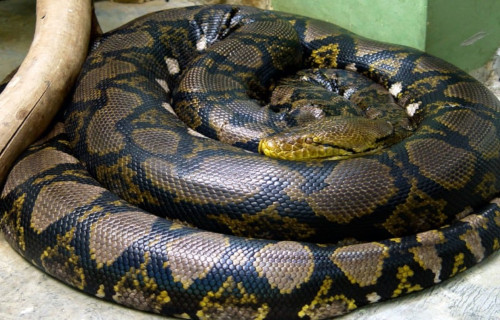
CCL: http://bit.ly/2IjEG4n
Reticulated Python Physical Description
Most notably, the Reticulated Python fully earns its designation as the longest snake known to man. That’s because exceptional adult specimens sometimes approach 23 ft (7 m) in length. But, these truly gigantic individuals do not occur often.
Further, typical adults actually measure around 20 ft (6.1 m) in total length. Additionally, the typical mature individual also weighs about 165 lb (75 kg). The species presents no discernible sexual dimorphism, with both genders possessing the same appearance and size.
Its markings remain highly distinctive, and typically consist of rather intricate geometric patterns. These fascinating patterns also combine a rather wide variety of color shades. The exact colors vary according to the geographical range. This sometimes makes the snake difficult to identify.
This great variation in coloring also represents an evolutionary adaptation to the local environment. Furthermore, its remarkable natural camouflage makes this highly dangerous animal almost invisible in its respective habitats.
- Kingdom: Animalia
- Phylum: Chordata
- Class: Reptilia
- Order: Squamata
- Family: Pythonidae
- Genus: Python
- Species: P. reticulatus
Reticulated Python Distribution, Habitat, and Ecology
The Reticulated Python appears to be endemic to quite a wide range. This area extends across much of Southeast Asia. In fact, this range extends from India, Bangladesh, and Laos, through Indonesia. It also includes numerous island countries, such as the Philippines.
In addition to its other impressive characteristics, it remains highly adaptable to its surroundings. As a result of this ability, it thrives in a rather wide variety of habitats. However, these regions of habitation typically include woodlands, grasslands, and forests.
But even within that native range, this fascinating reptile remains quite versatile in its habitat requirements. That’s because the enormous animal frequently inhabits rivers, lakes, and even large streams within these areas, being an excellent swimmer.
It feeds almost exclusively as an ambush predator, like other known types of constrictors. But, the diet understandably varies, depending upon its particular location. Yet, this most commonly includes such prey as larger mammals. But smaller specimens will feed on birds and rodents.
This species, like other snakes, evolved as oviparous. A female Reticulated Python will lay anywhere from 15-80 eggs per clutch, after mating. These then require an average of about 88 days to hatch. Newly hatched specimens average about 2 ft ( 61 cm) in length.
Spider Tailed Viper
Spider Tailed Viper Facts
- The fourth and final of our picks for inclusion among these 4 Fabulous Snakes of Asia is the sincerely remarkable Spider Tailed Viper.
- First of all, the descriptive term serves as the common name for a truly astonishing species of reptile. This fascinating creature also possesses one of the most remarkable and resourceful evolutionary adaptations ever seen in the entire animal kingdom.
- That’s because the tail of this truly remarkable snake grows tipped with an astounding appendage. In point of fact, this physical feature bears a remarkable resemblance to a spider. The aptly named reptile also uses this appendage as a lure, to attract potential prey to its fate.
- The extremely cunning and resourceful species also employs great skill in the use of this gift Nature bestowed upon it. That’s because the fabulous reptile doesn’t just sit idle, waiting for its meal. It actually moves this evolutionary advantage in a manner resembling the motions of an arachnid.
- Finally, the unique variety of snake also remains a true master of disguise in its native habitat. That holds true because, while waiting for its prey, the snake blends extremely well into the surrounding terrain. The color patterns provide it with a perfect natural camouflage.
Spider Tailed Viper Physical Description
The astonishing Spider Tailed Viper, despite its otherwise unique characteristics, remains an average-sized snake. In this manner, at least, it resembles other related species. That’s because adults typically average between 16-28 in (40 – 70 cm) in length.
In addition, the trait of sexual dimorphism also appears to be present in this species. In its case, this means that females average slightly greater in length. However, the somewhat smaller males often attain a somewhat greater girth than their female counterparts.
In addition, the head of this remarkable reptile grows rather broad and flat. Furthermore, it typically possesses a comparatively short, rounded snout. Additionally, coloring varies between individuals. But browns and grays predominate, to assist in blending in with the environment.
Yet, the most distinctive feature undoubtedly remains the one from which its common name derived. That is the spider-shaped growth on the end of its tail, used to attract its prey. In this, it remains unique among known varieties on snakes, in any part of the world.
- Kingdom: Animalia
- Phylum: Chordata
- Class: Reptilia
- Order: Squamata
- Family: Viperidae
- Genus: Pseudocerastes
- Species: P. urarachnoides
Spider Tailed Viper Distribution, Habitat, and Ecology
Perhaps most notably, the incredible Spider Tailed Viper evolved as endemic to one region only. Furthermore, it ranks as a somewhat desolate and isolated part of the world. That region consists of the the rather rugged and remote mountain regions of western Iran, in Asia.
In addition, within its native habitat, the species primarily spends its time in rock crevices. Only if disturbed will it venture beyond this protected area. There, its natural camouflage permits this ambush predator to wait for its prey. This learned trait serves it well in its native habitat.
Also, this remarkable snake feeds on a variety of small mammals, like the majority of related creatures. Furthermore, most of its natural prey are themselves predators of spiders. As a result of this fact, a significant majority of its prey consists of various types of birds.
Finally, although the Spider Tailed Viper kills its prey with venom, the relative potency of its venom has never been studied. It therefore remains unknown if it represents a danger to man. Thankfully, both for it and humans, it is rarely encountered by human beings.
4 Fabulous Snakes of Asia
We truly hope that you have enjoyed this article about 4 Fabulous Snakes of Asia. While it is true that each of these powerful reptiles ranks as dangerous in its won way, there is so much more to them. Regardless of what any of us may think about these serpents, or snakes in general, each plays an important role in its own ecosystem. Nature designed them for a purpose, and they do it well. But, like so many other species in the world today, they need our help. Let us do all we can to protect and preserve them, for the balance that remains so important in Nature.
Check out our other articles on 7 Lesser-Known South American Mammals, Arctic Tern, Gulfoss, Chatham Island forget-me-not, Wallace’s Flying Frog, Coral Pink Sand Dune Beetle
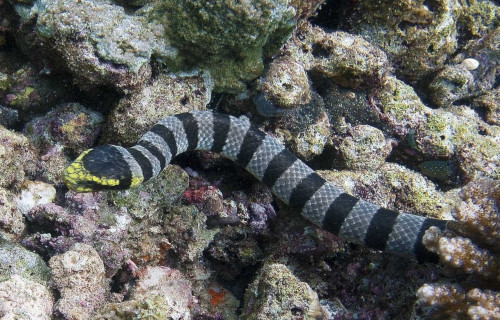
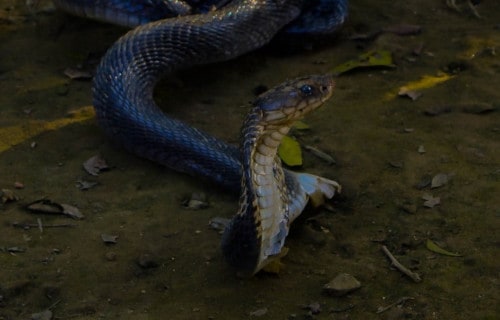
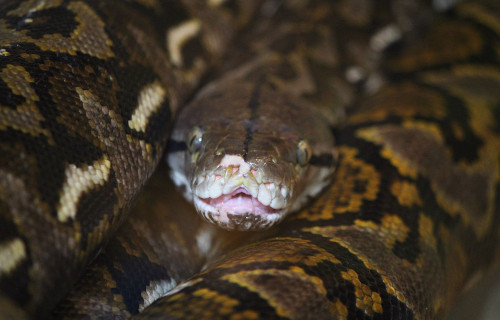
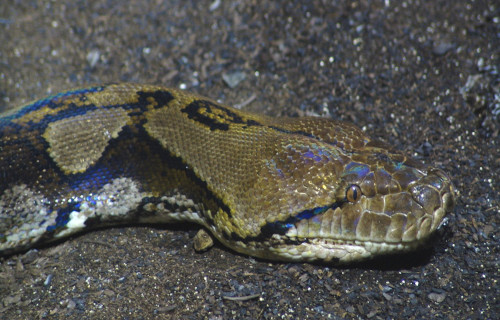
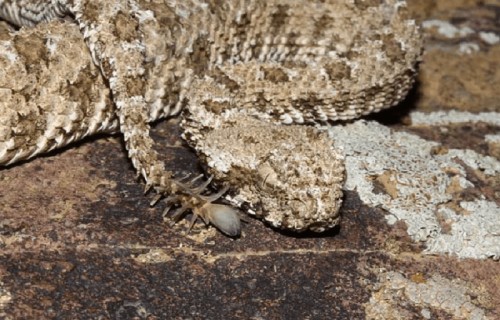









Leave a Reply